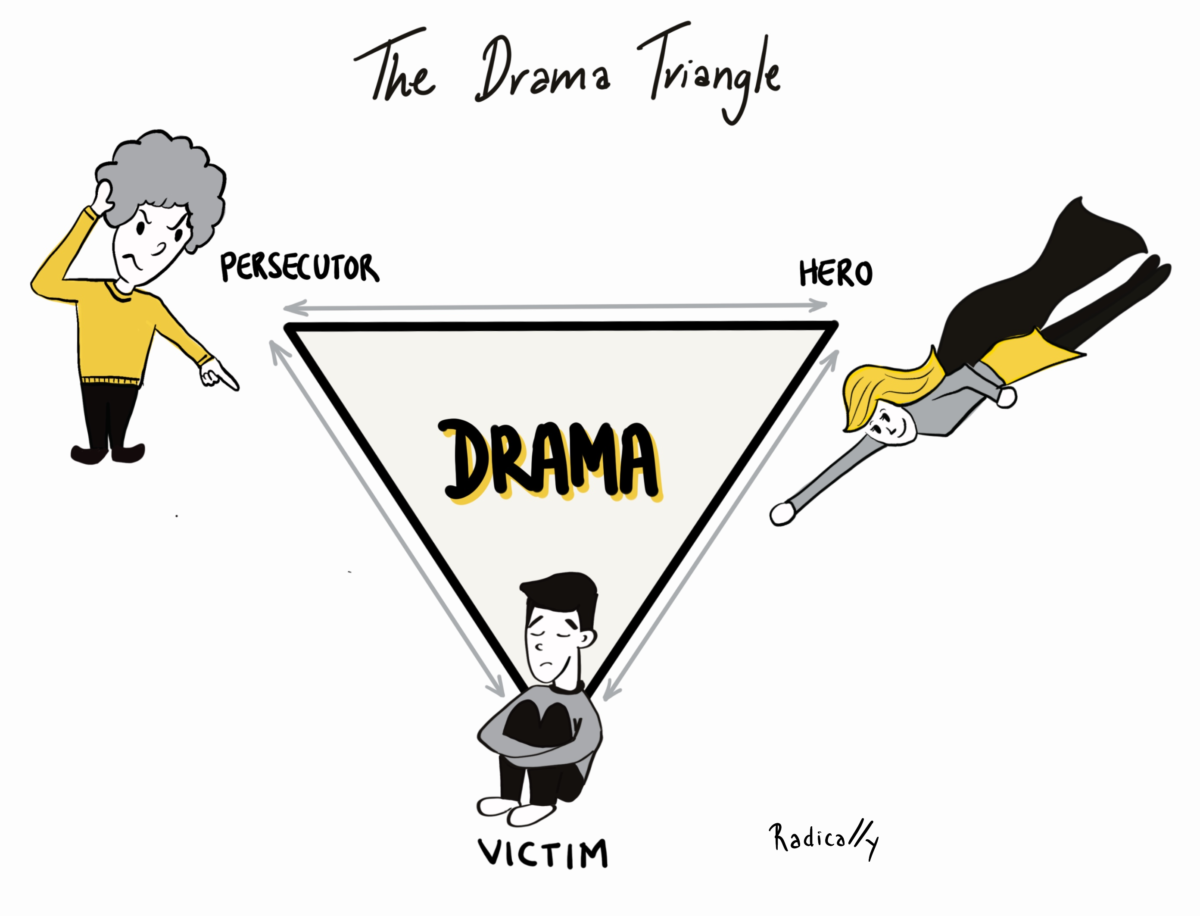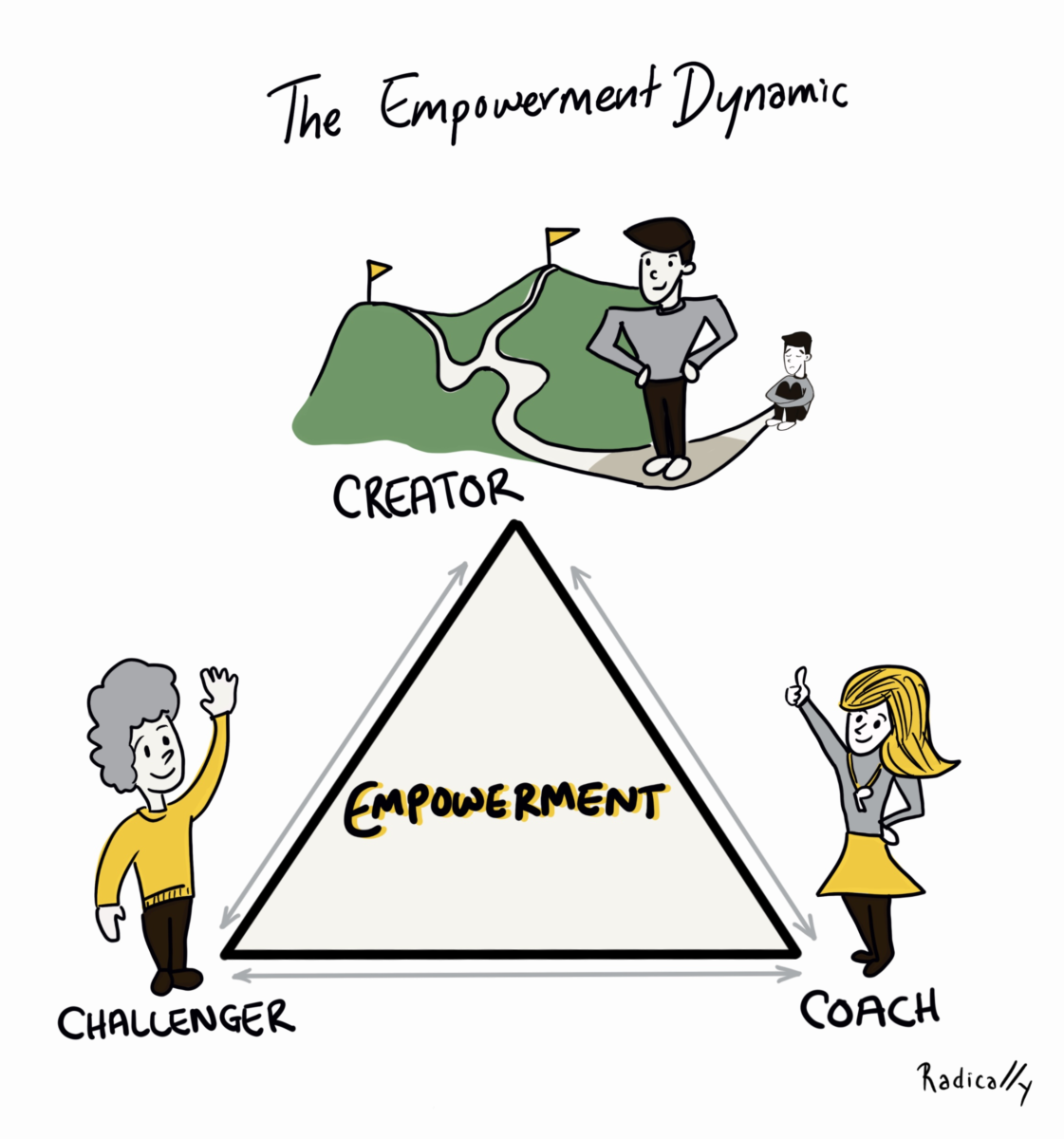Modern leaders face a tough challenge - deliver outstanding results while nurturing a work environment that encourages innovation, collaboration, and growth. As a leader, fostering an environment of psychological safety within your team is paramount to managing this balance.

Understanding Psychological Safety
Psychological safety is a concept that encompasses the belief that one can speak up, share ideas, ask questions, or admit to mistakes without fearing negative consequences. It's about creating a workspace where team members feel secure in expressing their thoughts and feelings.
The term was coined by Amy Edmondson, a Harvard Business School professor, and it has since become a cornerstone of effective teamwork and organizational success. She defines it as “a shared belief that the team is safe for interpersonal risk-taking.”
Project Aristotle, an initiative at Google, sought to uncover the dynamics of successful teams and identified psychological safety as one of the key factors driving high-performing teams.
Key Findings of Project Aristotle
Project Aristotle analysed data from hundreds of Google teams to understand the key components that make a successful team. Among the key findings were:
- Psychological Safety: The most crucial finding was the importance of psychological safety. Teams where members felt safe to take risks and voice their opinions were more likely to be successful. This safety allowed team members to admit to mistakes, ask questions, and share their thoughts without the fear of judgment or reprisal.
- Dependability: Successful teams were characterized by a sense of dependability. Team members could trust each other to complete their tasks competently and on time.
- Structure and Clarity: Teams with clearly defined goals, roles, and plans were more effective. When team members knew what was expected of them and how their work contributed to the team's goals, it fostered a sense of purpose.
- Meaning: Successful teams found a sense of meaning and purpose in their work. They believed that their work had a positive impact and were aligned with the organization's mission.
- Impact: Teams that felt their work made a difference in the world or in their organization were more motivated and successful. Understanding the significance of their contributions increased team members' engagement.
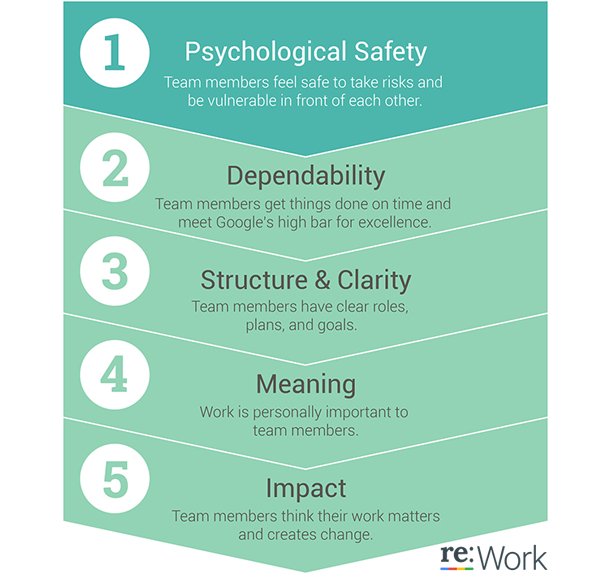
Total Motivation
These findings are well supported by Neel Doshi and Lindsay McGregor’s work from their outstanding book Primed to Perform. I highly recommend viewing this webinar we ran with Neel during lockdown. It is a game changer.
The Four Stages of Psychological Safety
The concept of psychological safety involves four stages:
- Inclusion: This is the first stage where individuals feel that they are part of the group and that their contributions are valued. Inclusion sets the foundation for psychological safety by creating a sense of belonging.
- Learner Safety: In this stage, team members feel comfortable asking questions, seeking feedback, and admitting mistakes without fear of ridicule or negative consequences. This is essential for fostering a culture of continuous learning and improvement.
- Contributor Safety: Contributor safety takes psychological safety a step further by encouraging team members to actively share their ideas, opinions, and concerns. They believe their input is not only welcome but also essential for the team's success.
- Challenger Safety: The final stage, challenger safety, encourages team members to voice dissenting opinions and engage in constructive debate. Team members are not just comfortable with their ideas being heard; they actively challenge the status quo to improve processes and outcomes.
These four stages represent a progression toward a work environment where team members not only feel safe but are also empowered to engage fully, question assumptions, and drive innovation and growth.
The Six Benefits of Psychological Safety
- Elevated engagement stems from a workplace environment that fosters a sense of safety and security. This heightened engagement manifests during team meetings, problem-solving sessions, collaborative project work, and interactions with both customers and colleagues.
- Cultivating an inclusive organizational culture: Creating an inclusive workplace has become increasingly critical. Inclusive environments embrace diverse teams and enable all members to thrive, regardless of factors such as gender, race, ethnicity, background, or political affiliations. This fosters a dynamic, collaborative atmosphere where everyone experiences a sense of belonging and unity.
- Nurtures creativity and fosters innovation - For creativity and innovative ideas to flourish, it is essential that team members feel comfortable expressing themselves. Consider the countless innovative ideas that may have gone unspoken due to a team member's hesitation to share them in an environment lacking a sense of safety.
- Enhanced employee welfare - Mental health plays a significant role in the overall welfare of individuals. When employees enjoy good mental health, they are better equipped to operate at peak performance and mitigate stressors that might otherwise hinder their productivity.
- Reduced employee attrition - a recent study found that employees who experience psychological safety in their workplace exhibit reduced inclination to depart. After all, why depart from an organization that treats you with respect, ensuring your sense of security and value? The significant costs associated with recruiting, hiring, and training staff, among other expenses, render high employee turnover an unsustainable model for thriving businesses.
- Enhanced team effectiveness: When your workforce comprises deeply engaged, loyal employees, teams thrive. When a culture of inclusivity prevails, coupled with brand advocacy and a wellspring of innovative ideas, teams excel. When you combine these factors with the well-being of your employees, you've assembled a winning formula for elevating team performance.

Summary
By actively promoting psychological safety and embracing these key findings, you're not only contributing to the well-being of your team members but also paving the way for your organisation's long-term success, as demonstrated by Google's Project Aristotle. Remember, the seeds of psychological safety that you sow today will yield a bountiful harvest of innovation, collaboration, and growth in the future.
Interested in diving deeper into this top? Come along to our Psychological Safety in the Workplace.


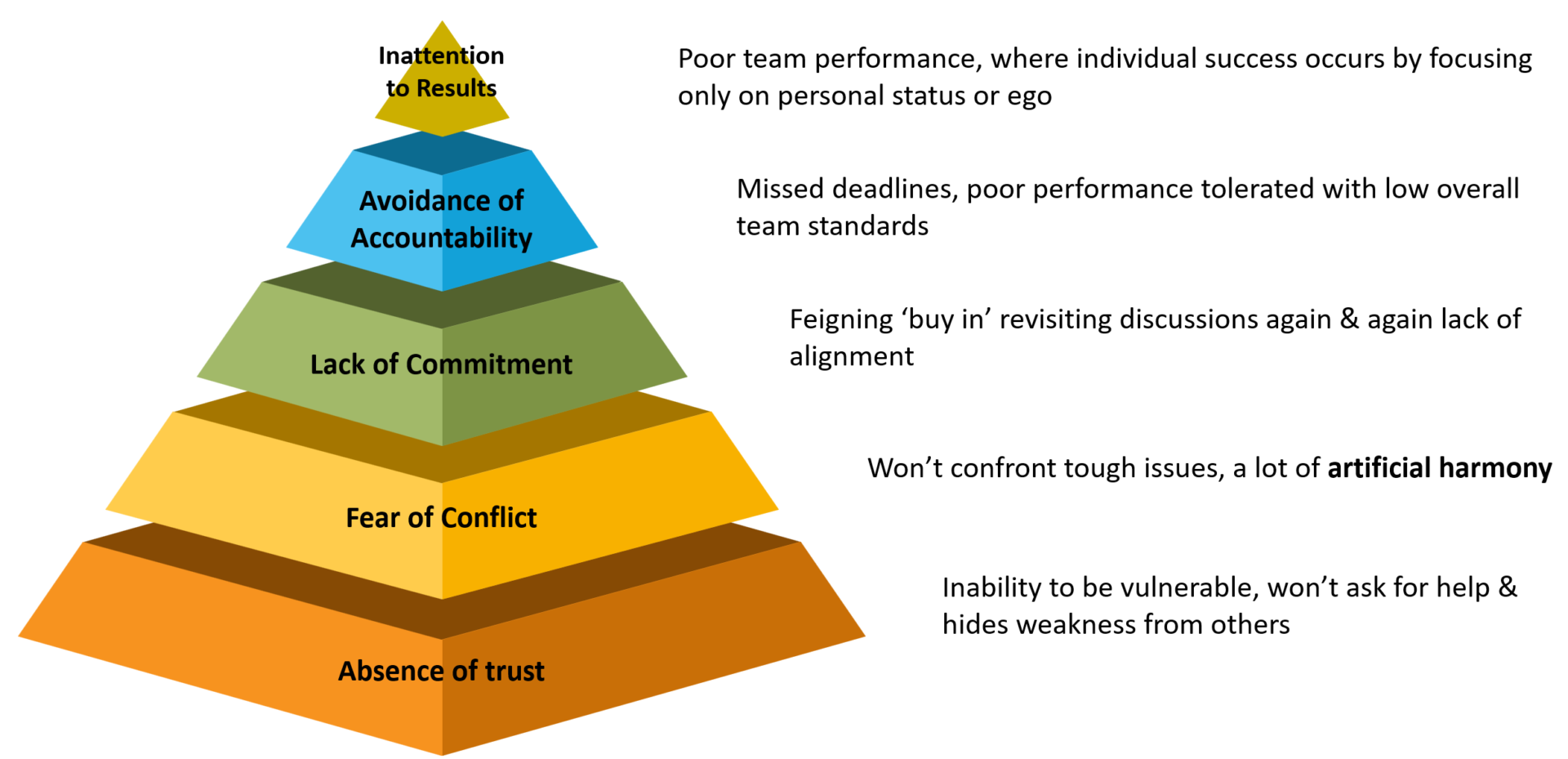
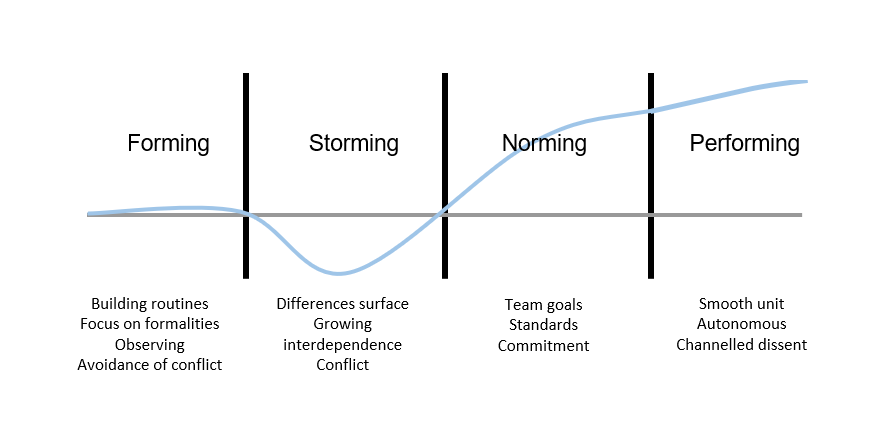
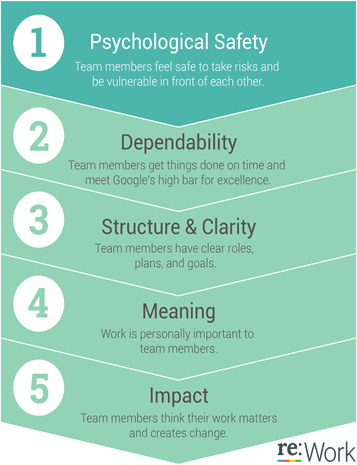
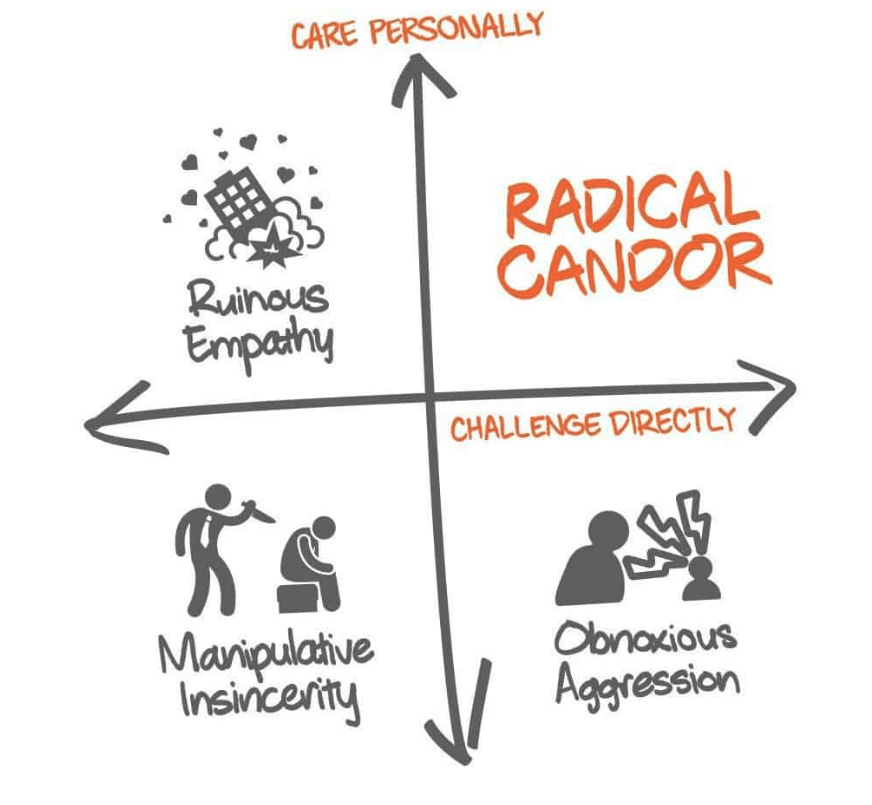
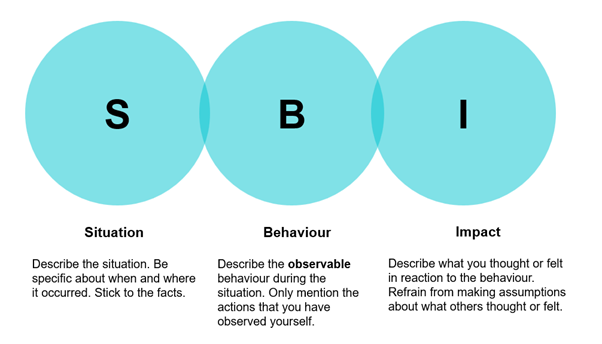
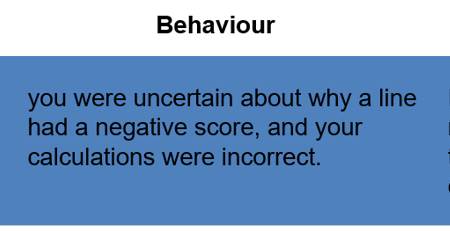
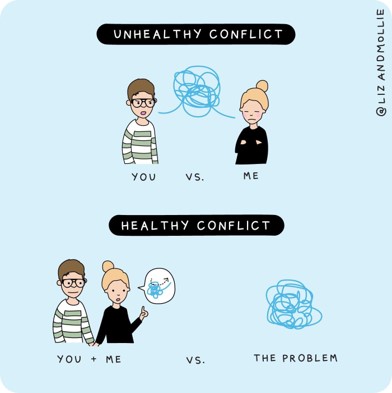
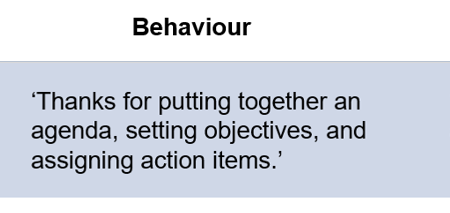
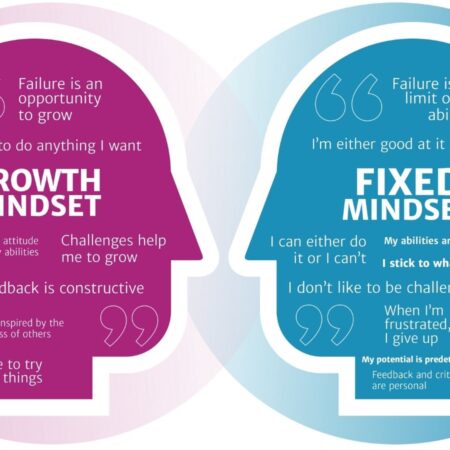
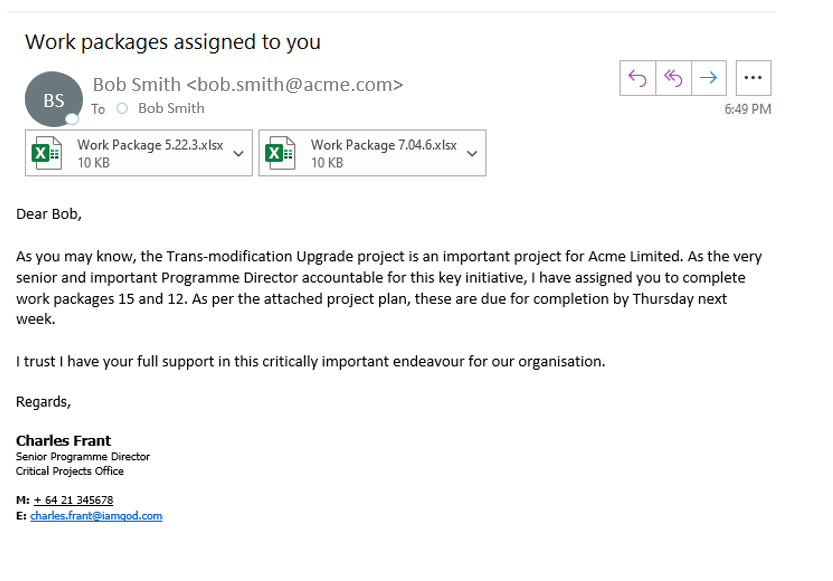 It turned out this was happening everywhere. There were literally thousands of invisible undercurrents running all the way through the organisation based on whatever work well-meaning managers were trying to get done. They had no transparency of what was actually going on.
It turned out this was happening everywhere. There were literally thousands of invisible undercurrents running all the way through the organisation based on whatever work well-meaning managers were trying to get done. They had no transparency of what was actually going on.

